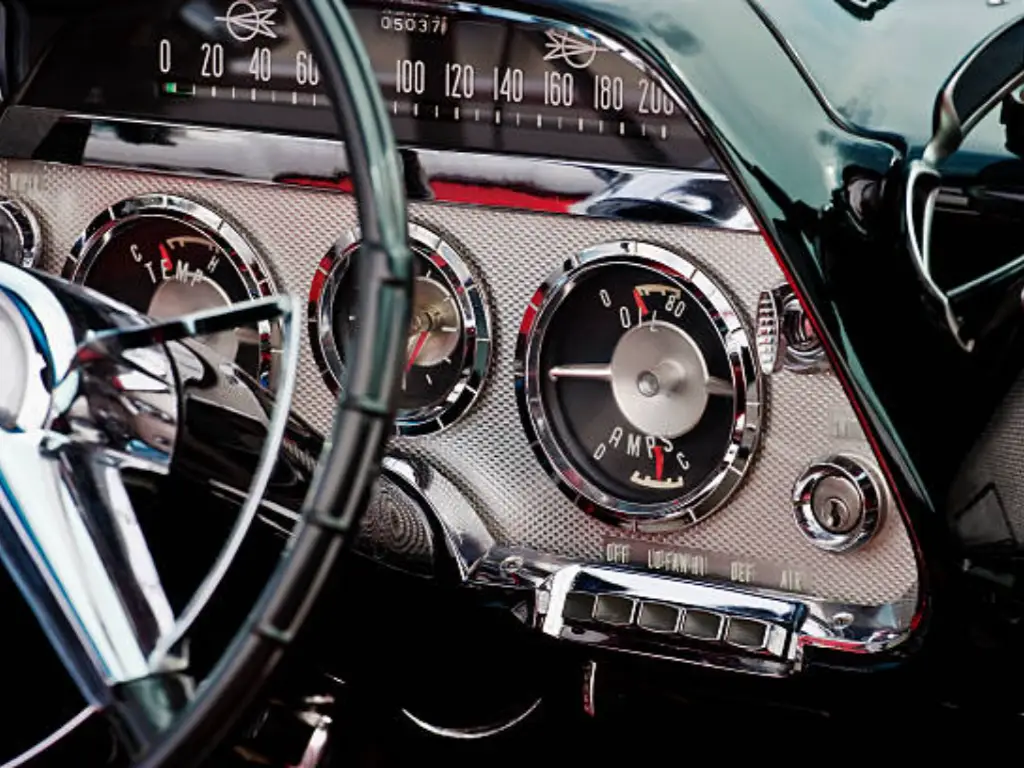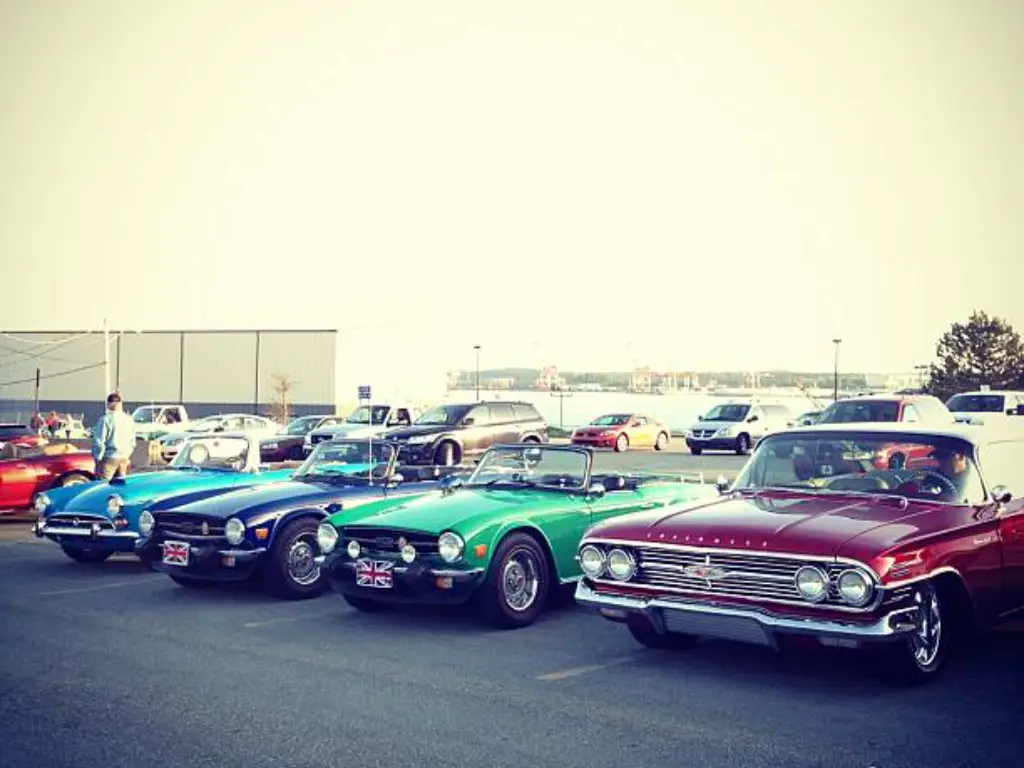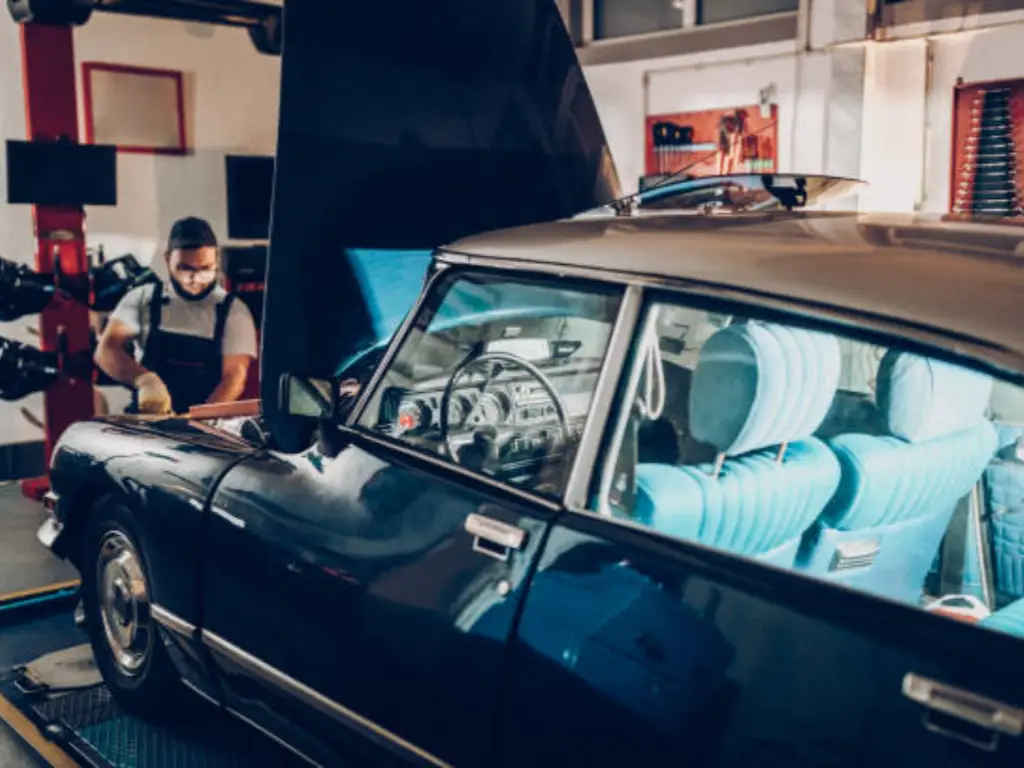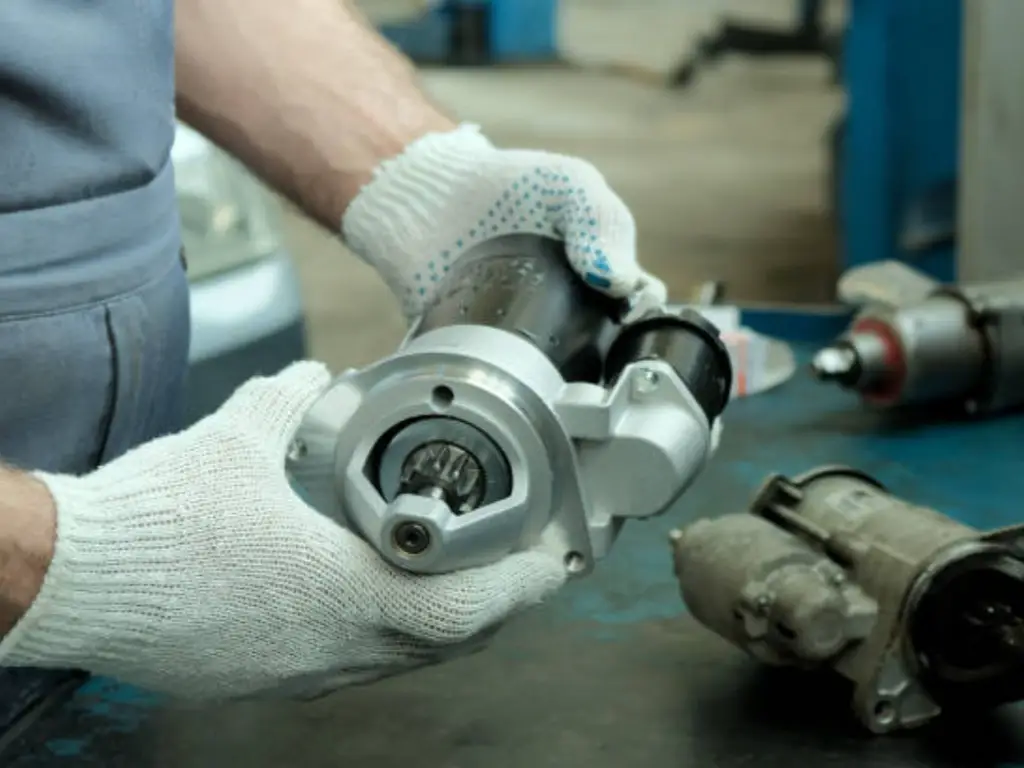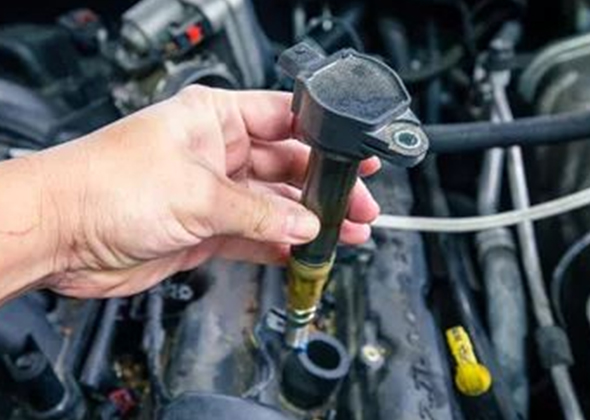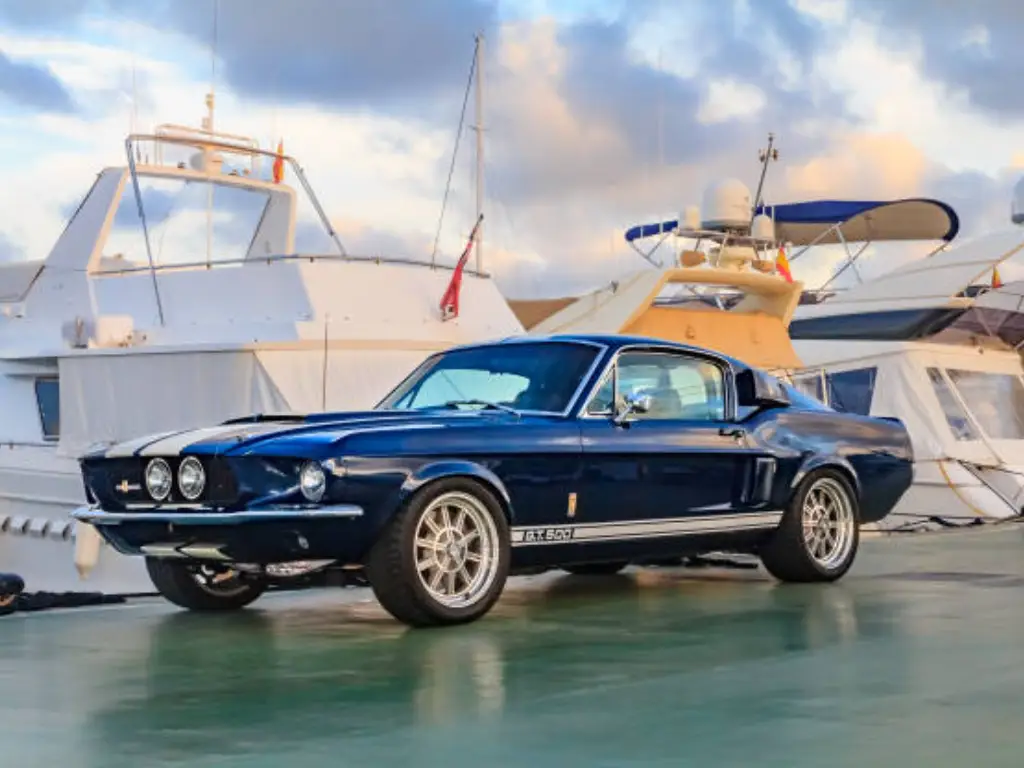
Introduction
American identity has its own sounds woven into its fabric: the crack of a baseball bat, the sizzle of a backyard grill, and the ground rattling, heart thumping noise of a big block V8 engine. It is the roar of raw untameable strength; the roar of the mechanical promise of adventurous liberation, rebellion, and the open road. That is the sound of the American muscle car – a special phase in the automotive history. These automobiles were more than a mode of transport, but only during a short, sparkly moment in history. These were gas-guzzling testaments to American optimism, engineering, and a horsepower addiction.
However, this history of the muscle car is more than a legend of big cubes and quarter-mile times. It is the complicated story of innovation, scorching rivalry, the dynamics of the car market, the cultural changes, and the final downfall at the end. It is the story of how, by use of a simple formula, namely installing the largest possible engine in the lightest possible car at the lowest possible cost, they have made a legend that dare not die.
The article will take you through the history of muscle cars completely. We will crack open its DNA, salute its heroes in their golden age, indict its sickening, and marvel at its amazing contemporary revival, and watch as these skeletons of molten steel become the blueprints of power defining a generation and making an ineffaceable imprint on American society and the rest of the automotive planet.
What Truly Defines a Muscle Car?
Before getting the engine revving on this journey in time past, it is important to put in place a clear definition. The label muscle car is colloquial and is sometimes meant to describe any classic performance-oriented American car, whereas the more dedicated enthusiasts and historians would agree that a narrower definition applies. In its essence, a muscle car is a mid-sized, mass-produced, American model, with a big, powerful V8 engine, which produces maximum acceleration in a straight

Muscle Cars vs. Pony Cars: Understanding the Difference
Among the most frequently demanded ones is the connection between the term of a muscle car and a pony car. To be confused is only to be expected, given that these two specialize in V8 power and performance. Nonetheless, they have their origins and systems of thought that do not coincide.
The group of pony cars emerged when the Ford Mustang appeared in 1964. It had the long-hood, short-deck design in a small platform and was sold as a sports personal auto.
Muscle cars, on the other hand, were mostly on larger, intermediate-sized family sedans. Although high-performance Mustangs such as a Shelby Mustang GT500 can be deemed as having the muscle, it is still classified as per DNA as the king of the pony cars, rather than a muscle car.
In the attempt to clarify, the main differences as stated can be broken down into the following:
| Feature | True Muscle Car | Pony Car |
| Platform Base | Intermediate / Mid-Sized Sedan | Compact / “Sporty” Personal Car |
| Primary Focus | Straight-line acceleration, overwhelming torque | Agility, style, and balanced performance |
| Defining Model | 1964 Pontiac GTO | 1964 Ford Mustang |
| Iconic Examples | Chevrolet Chevelle SS, Dodge Charger R/T | Ford Mustang, Chevrolet Camaro, Dodge Challenger |
| Core Concept | A family car chassis with a big-car engine | A unique, sporty platform from the ground up |
More Than Just Straight-Line Speed? The Core Philosophy
Raw power was the selling point, but the muscle car had more than metaphor behind it. These automobiles were the democracy of speed. In a time when all the European sports cars driven by Ferrari or Jaguar were only to be owned by the rich, Detroit provided an alternative route. A local showroom would sell the average American worker a car at a fraction of the cost, capable of challenging nearly anything on the road in terms of top speed and brute force.
This availability was an absolute expression of post-war American optimism. The muscle car was a form of expression of the sentiment that everything was possible. It was bold, boastful, and arrogantly American. This was not a matter of smooth control on a twisty European road; it was the power to be first at the traffic light and the interstate grand prix all the way. It was a big, boxy, steel-and-chrome version in the mold of freedom and individualism in a vehicle – it stood out among all the American muscle cars that were selling like the proverbial hot cakes to the point where it was a bold symbolism of a fixation with fast cars that America was going at that time.
The Dawn of an Era: The Contentious Quest for the “First” Muscle Car
It is a popular discussion among drag racing enthusiasts and automotive historians to define exactly the first muscle car; this definition, of course, depends on how one really defines the term muscle car. Even though the true golden age of muscle cars did not start well until the mid-1960s and continued into the early 1970s, the design was sketched almost two decades before.
The 1949 Oldsmobile Rocket 88 is most often described as the first ancestor. One radical thing that General Motors did that model year was to drop their mighty engine, a high-compression, 303-cubic-inch, 135-horsepower Rocket-compound V8, in the small, lightweight body of their 76-series models, instead of their big, heavy-bodied 98-series cars. The outcome was a car having an unheard-of power-to-weight ratio even on a mass-market car. It has made its mark in the first half of the history of NASCAR and has shown how well the big-engine-in-a-small-car equation works. The Rocket 88 was a prototype.
Yet it was the 1964 Pontiac GTO that actually militarized this recipe, selling it to a new generation of performance-starved baby boomers. With engineer John DeLorean at the helm in an extremely bright and frequently bending the rules posture, the Pontiac took the 389-cubic-inch V8 of its full-sized Catalina and Bonneville and proceeded in making it possible to be used as an option for the intermediate-sized Tempest. This is because the company of GM had a policy of restricting engine size in their mid-sized cars, through which DeLorean got the GTO around by framing it as a package option rather than a full car model. It became an overnight feeling. And the GTO with its 325 horsepower stock, and bullish looks, and a name swiped off a Ferrari speedster (Gran Turismo Omologato), was much more than a car; it was how to say it. It set the mold and sparked the horsepower wars and muscle car wars, which would characterize the era.
American Motors, not the least of them but left unmentioned, would also enter the fight later on with their own muscle-bound babies, showing that the appetite of the American public in muscle cars was not merely a Big Three thing.
The Golden Era (1964-1972): When Horsepower Ruled the Streets
With the success of the GTO, the floodgates were open. The Big Three, the pillars of Detroit, General Motors, Ford, and Chrysler, were about to stage an intense battle for control of the streets for the next eight years. The motto was straightforward: more cubic inches, more carburetors, and more horsepower. This is when muscle cars were at their prime, the era of epic cars and engines about which one still speaks and talks today with respect.
Iconic Models That Defined a Generation
The success of the GTO not only opened the floodgates but also unleashed a tidal wave of performance across Detroit. The fight over street supremacy was conducted based on cubic inches, horsepower ratings, and bold marketing. These are some of the titans who were created under the heat of this Golden Era:
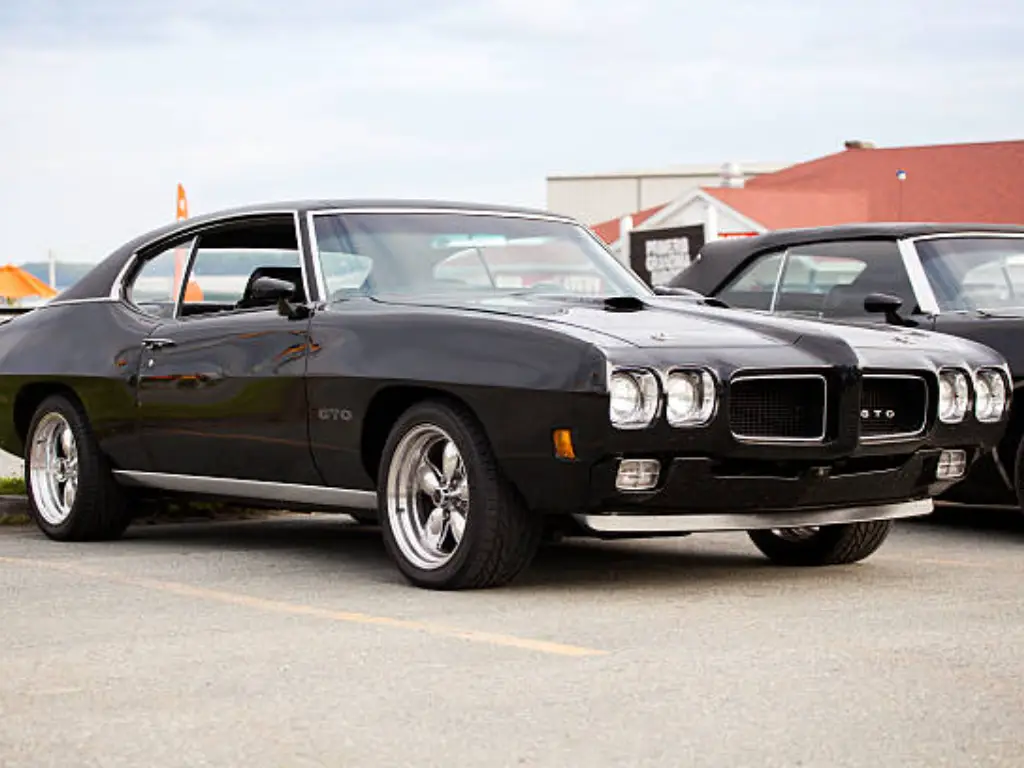
- Pontiac GTO (The Great One): Pontiac GTO was the first car, and it continued to be a standard. It was a mixture of style, performance, and a rebellious attitude. Possibly the best was the 1969 GTO, sometimes called the Judge, which was an eye-searing and high-impact combo with its typical, powerful engine, Ram Air III, a crazy decal scheme, and legendary Hurst T-handle shift lever. Not only was it fast, but it was a huge success and a statement. It made the rest of the world think they were not the only ones driving a car, that you were a revolutionary.
- Chevrolet Chevelle SS (The King of the Streets): The GTO was the trend-setter, but the Chevelle SS had become the undisputed heavyweight champion of raw power. This is how they ended in the mythical 1970 Chevelle SS 454. When fitted with the LS6 engine package, it released a factory-rated 450 horsepower and an earth-shaking 500 lb-ft of torque. It was a beautiful, no-frills car whose engine had an unquestionable ability to overpower its backside tires whenever it wanted and thus developed a legendary and violent reputation at drag strips and intersections around the country.
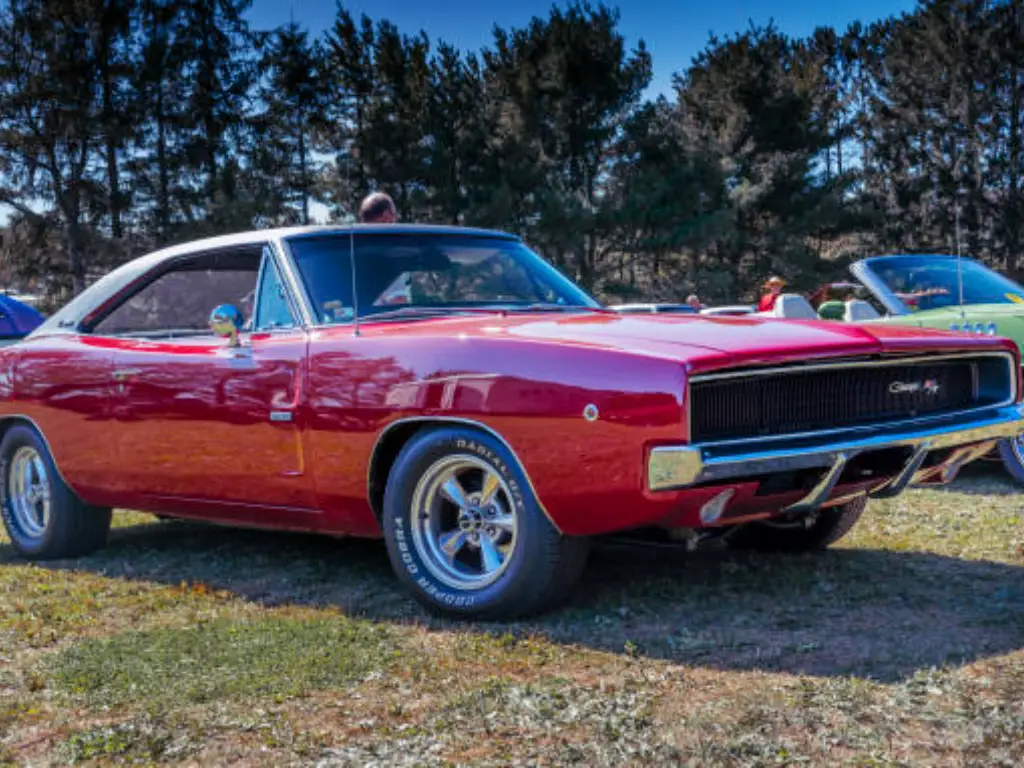
- Dodge Charger R/T (The Silver Screen Villain): Had muscle cars ever had a bad guy’s face, it was the Dodge Charger from the late 1960s. The Charger was peerless in road presence with its extensive full-width grille that looked like an electric shaver, concealed headlights, and the theatrically spectacular roof of the type known as a flying buttress (on 1968-1970 models). It was based on the R/T (Road/Track) package, which standard equipment included the powerful 440 Magnum V8 and the legendary 426 Hemi was the top choice. Its feature as the car of the villain in the movie Bullitt and the car of the hero, known as the General Lee, made it a staple of pop culture.
- Plymouth Road Runner (The Budget Brawler): Chrysler took a genius, inverse approach with its Plymouth division. They understood that there was a high number of younger buyers who sought maximum performance at a minimum amount of money. It gave birth to the Road Runner, the stripped, bare bones muscle car on Belvedere sedan bases. It also featured a basic bench seat and and few creature comforts, but underneath the hood, it had a standard 383 V8. A little money would net the shopper the 440 Six-Barrel or the awesome 426 Hemi. Plymouth went as far as to shell out half a million dollars to Warner Bros. to have the rights to the Road Runner name and its famous horn, the Beep, Beep, giving them one of the most exquisite marketing schemes of all time.
- Oldsmobile 442 (The Gentleman’s Hot Rod): With its origins deep in the repository of performance, Oldsmobile once again provided a more sophisticated and mature muscle car. The name 4-4-2 was initially an acronym of its main attributes: the 4-barrel carburetor, 4-speed manual gearbox, and 2 (dual) exhausts. The 442 was famous for its high performance (at that time) and durable Rocket V8 engines. By 1970, its 455-cubic-inch V8 developed 500 lb-ft of torque and made it a luxury rocket-ship that could out-surprise many of its more austere rivals.
- Ford Torino Cobra (The Cobra Jet Threat): As Ford invested magnificent resources in its Mustang, it did not disregard the conflicts in the mid-sized muscle car. The serious criterion was its Ford Torino, or more specifically, as far as the Fastback Cobra version was concerned. What made it 428 Cobra Jet engine was its ace in the hole. The actual performance was more than 400 horsepower, although Ford conservatively rated it at only 335 horsepower because that would keep insurance costs down. Torino Cobra was a powerful yet misjudged weapon that showed Ford was able to compete with the best GM and Mopar had to offer.
The Heart of the Beast: Legendary V8 Engines
Every one of these legends had its engine as its core. They were not simple motors; they were fire-breathing iron hearts of the car and provided the car with its own personality. Engineers were made into rock stars, and the size of the engines is something you can be proud of.
The final weapon of Chrysler was the 426 Hemi. Having won Le Mans between 1966 and 1968, it had the hemispherical combustion chambers and was a pure race engine shoehorned into street use, and deliberately understated at 425 horsepower, to keep the insurance companies happy. The response of Ford was the 428 Cobra Jet, a modified engine brought out to take over the drag tracks. And at GM, the big-block Chevrolet engines, in particular the 396 and 454, were the solution of choice to the person in need of too much power.
Here’s a look at some of the era’s most formidable powerplants:
| Engine | Manufacturer | Displacement | Advertised Horsepower | Famous Applications |
| 426 Hemi | Chrysler | 426 cu in (7.0L) | 425 hp | Dodge Charger R/T, Plymouth Hemi ‘Cuda |
| 454 LS6 | Chevrolet | 454 cu in (7.4L) | 450 hp | 1970 Chevrolet Chevelle SS |
| 440 Six Pack | Chrysler | 440 cu in (7.2L) | 390 hp | Dodge Super Bee, Plymouth Road Runner |
| 428 Cobra Jet | Ford | 428 cu in (7.0L) | 335 hp (grossly underrated) | Ford Mustang, Ford Torino Cobra |
| 455 Stage 1 | Buick | 455 cu in (7.5L) | 360 hp | Buick GSX |
The Perfect Storm: Why the Golden Age Came to an End
As all golden times, however, it could not continue. No single event killed the muscle car, but an impeccable combination of external forces came together during the early 70s to deliver a coup de grace.
The new type of Environmental Protection Agency (EPA) brought the first major setback. A new set of aggressive vehicle emissions, along with rising gas prices under the Clean Air Act of 1970, was established. In order to comply with them, car manufacturers were forced to reduce engine compression ratios and to fix cars with power-sucking smog gadgets. In addition to that, the act required the phasing out of leaded gasoline, the high-octane gasoline needed by high-compression muscle car engines such as the Hemi engine, to thwart engine knocking. These curbing regulations in the early period made manufacturers compromise performance in order to comply, tamping down the formerly exciting powerplants which had characterized the period.
The second less forecasted blow was the 1973 OPEC Oil Embargo. The organization of Arab Petroleum exporting countries stopped the export of oil in reaction to the U.S. backing Israel in the Yom Kippur War. The prices of gas hiked almost fourfold in a single night, and long queues at the petrol pumps turned out to be a nightmare in the country. Instantaneously, a vehicle that received 8 miles per gallon was no longer a sign of liberty; it became a sign of overage and exploitation. The priorities of the population and politicians in terms of their focus shifted dramatically to fuel efficiency.
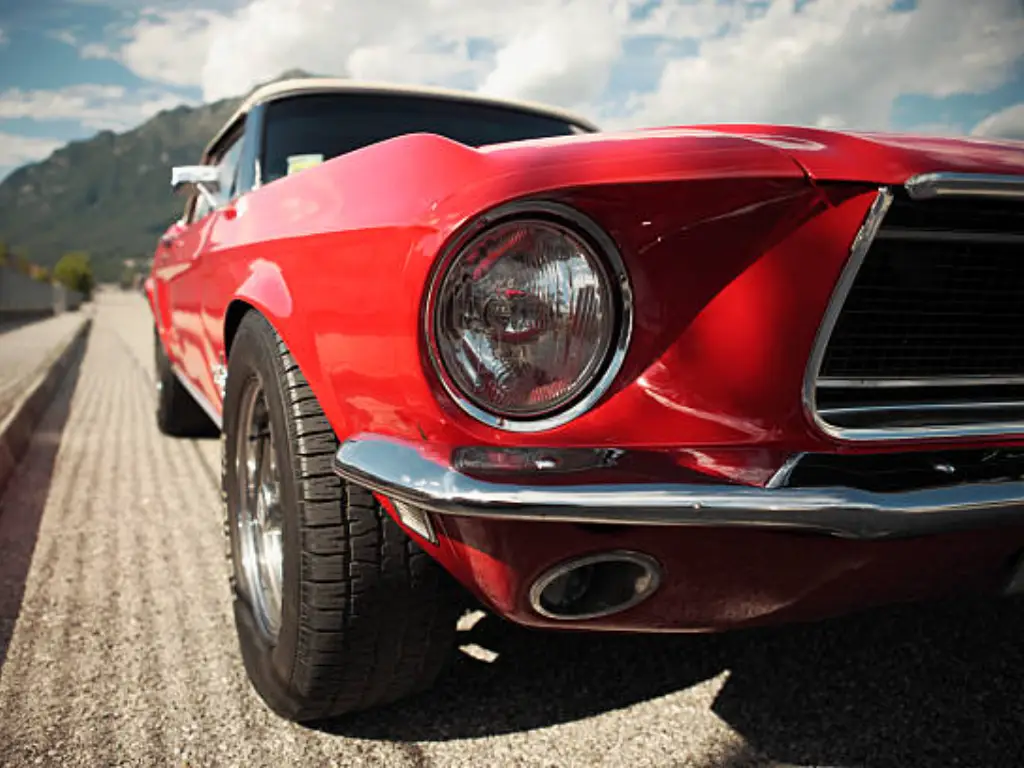
The End of an Era: Why the Muscle Car Bubble Burst
The storm was born of federal regulations and the oil crisis, but the bubble, which was a muscle car bubble, was finally busted by a force near home, which was the insurance industry.
Insurance companies had been on the sidelines watching the carnage, as much of the 1950s, and well into the 1960s. Young drivers in possession of cars capable of delivering 400+ horsepower and fitted with no more than drum brakes and simple suspension were becoming a disastrous risk. Consequently, the insurers started imposing colossal surcharges on vehicles, which they termed as supercars. The most Hemi-powered Road Runner could be driven by a young man who was ready to pay higher premiums than the amount needed to finance the car throughout the year.
This was a huge financial penalty, which in effect made the muscle car unaffordable to young purchasers who were its target group. Detroit simply did not have another option since its sales and profits were dropping, its emissions regulations were strangling it, and consumer demand was changing. The big-blocks were gone, and iconic names such as the GTO and the Charger were left as options on overweight, lightly powered personal luxury cars. The era was squarely finished by 1975.
Keeping the Legacy Alive: The Art of Restoring a Classic
Old cars are not the only survivors of that Golden Era, but they are treasured mementos of a long-forgotten era today. It is the preserve of love, an almost fanatic effort practiced by both restorers and enthusiasts across this globe to ensure that legends produced 50 years ago and more are kept on the road.
However, there is one thing that may pose a very serious challenge to such a passion, namely, finding the correct parts. Years after they have been built, finding just the right bit of trim, a replacement engine part, or a non-cracked bit of plastic might turn out to be something of an impossible item hunt.
Sunway Autoparts: Your Partner in Rebuilding Power’s Blueprint
A specialised supplier such as Sunway Autoparts is therefore very necessary there. Our passion has been the world of timeless vehicles since 2007, as we have come to realize that it takes more than mere passion to make such machines last long; it takes precision, assessment, and availability of parts that the world has long forgotten.
We are specifically paying attention to the traditional period of the history of the muscle cars, the legendary marques Pontiac, Ford, Chevrolet, and Dodge, which remained the symbol of the classic muscle car era. Well, we are aware that in most of these cars, the original parts are no longer produced. It is our fundamental purpose to solve this so-called hard-to-find problem. We are masters of the wide and complicated supply chain that lets us purchase hundreds of types of standard parts so your project can be completed.
But we go a step further. In case a component doesn’t exist anymore, period, our knowledge of excellent mold design and technically advanced plastic injection molding enables us to develop new, top-quality, OE-quality products de novo. We can redraw the blueprint, whether it is a fragile piece of interior or an important functional part. This implies that we will provide you with the full service, whether it involves getting a single missing part for the design of a missing, yet very important part, or to put your classic back together in a way that it was made, and you can have confidence in your efforts. We do not only act as a supplier but as your preservation partner.
The Modern Renaissance: How Muscle Cars Were Reborn
It has been many decades since the muscle car appeared in the past. However, something amazing occurred in the early 2000s. Under the influence of their nostalgia and propelled by the enormous advances of high-performance technology, Detroit started to remember its own golden times.
It was in the real sense with the appearance of the retro-styled 2005 Ford Mustang GT that this modern renaissance was initiated. It was a huge hit, and it showed that there was a starving, hungry muscle car market to buy cars that embodied the spirit of the originals. Dodge followed shortly, and the first sign of this would be by reintroducing the name Charger as the name of their four-door sedan in 2006, and then another bombshell would hit Dodge enthusiasts with the 2008 Dodge Challenger SRT that was a near-perfect contemporary incarnation of its 1970 elective, sporting horsepower. In 2010, Chevrolet revived the Chevy Camaro, and the revival was complete.
These new machines still followed the original formula: big V8 power (and optional V6 motors), rear wheel drive, and powerful styling, but they were infinitely superior vehicles. New generation engines such as the Chrysler Hemi V8s had devastating amounts of horsepower with even greater efficiency. The legacy of Mustang variants was continued in the Mustang Mach and, more specifically, in their high-performance versions that featured retro-style elements with the use of advanced technologies. Computer designs, independent suspensions in the rear, and huge disc brakes gave these new muscle cars not only the ability to rule the straight but could even take corners with the sophistication of a real sports car, a fantasy of their predecessors.
More Than Metal: The Enduring Cultural Footprint of Muscle Cars
The muscle car leaves a mark that is much deeper, even in the automotive industry. They have entrenched their legends as they became characters of film and television. Who would ever forget about the Highland Green 1968 Ford Mustang bopping through the streets of San Francisco in Bullitt, driven by Steve McQueen and regarded at the moment as the most exceptional car chase of cinematic history? Or the white 1970 Dodge Challenger R/T of Vanishing Point, epitome of anti-institutional freedom?
These automobiles signified an American culture spirit. They were mechanical versions of the rock n roll that was screaming out their AM radios. They were incarnations of individualism, rejection of conformism, and proclamation of personal strength. Through the ages, even to this day, the representation of an iconic muscle car, or in this case, a new monster such as the Ford Mustang Mach or Dodge Challenger SRT, exudes a strong nostalgic view of a simpler time, full of potential.
Conclusion
The American muscle car history is an epic curve of ascendancy and grand downfall, followed by the grand ascendancy. It all started out as an unsophisticated, marvelous formula that grew out of the optimism of post-war America. It reached its climax in a beautiful, tire-shredding civil war between the titans of the Detroit car business, with some of the loveliest and hottest cars that will long be remembered being built in the process- the muscle car era. The harsh reality of the changing world brought it to its knees, and apparently, it was going to turn into a mere museum exhibit.
But the spirit of the muscle car was not over. Its text of power was so strong, its cultural appeal so deep, that it was re-discovered as a generation-transformer of power. These days, the sound of the V8 is still enough to get heads turning and hearts racing. It might be a mint condition copy of the 1969 Chevelle or a fresh, supercharged Challenger, but the muscle car will always be a wonderful testament as to why Americans love performance, power, and the tantalizing allure of the open road. We can say that it is not metal at all; it is a legend made of steel and driven by visions.


